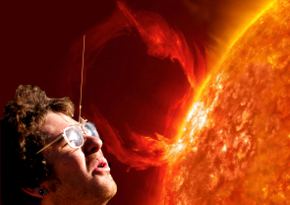NASA's new view revealed
 NASA has released the deepest and sharpest infrared images of the distant universe to date.
NASA has released the deepest and sharpest infrared images of the distant universe to date.
New images from NASA’s James Webb Space Telescope show galaxy cluster SMACS 0723 is overflowing with detail.
The images from the most advanced telescope ever created cover a patch of sky approximately the size of a grain of sand held at arm’s length by someone on the ground, but still reveal thousands of galaxies in a tiny sliver of vast universe.
The deep field image, taken by Webb’s Near-Infrared Camera (NIRCam), is a composite made from images at different wavelengths, totaling 12.5 hours – achieving depths at infrared wavelengths beyond the Hubble Space Telescope’s deepest fields, which took weeks.
The image shows the galaxy cluster SMACS 0723 as it appeared 4.6 billion years ago.
The combined mass of this galaxy cluster acts as a gravitational lens, magnifying much more distant galaxies behind it.
Webb’s NIRCam has brought those distant galaxies into sharp focus – they have tiny, faint structures that have never been seen before, including star clusters and diffuse features.
Researchers will soon begin to learn more about the galaxies’ masses, ages, histories, and compositions, as Webb seeks the earliest galaxies in the universe.
The images are accessible here.








 Print
Print